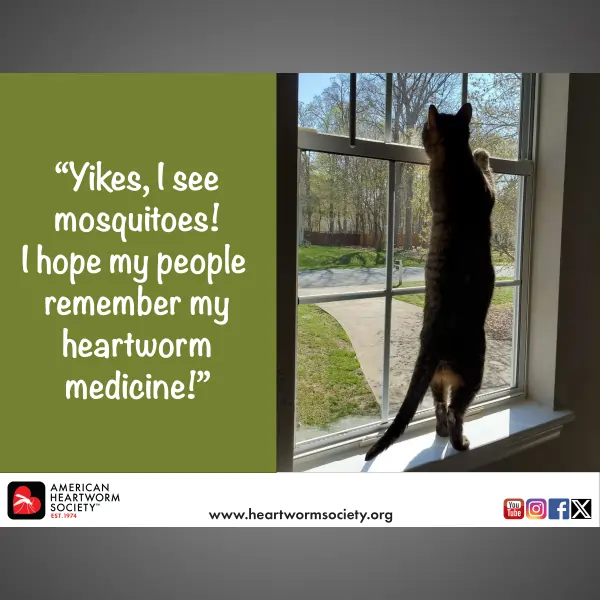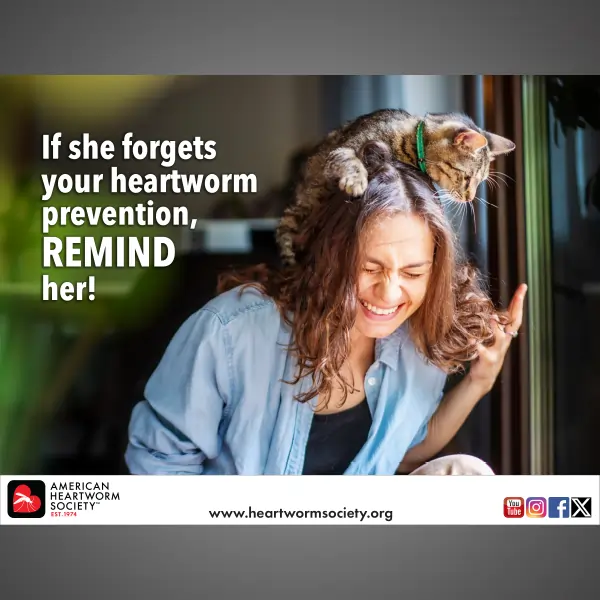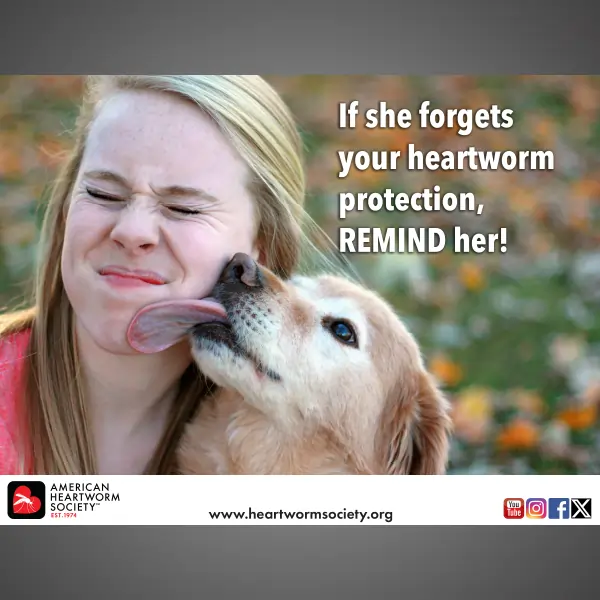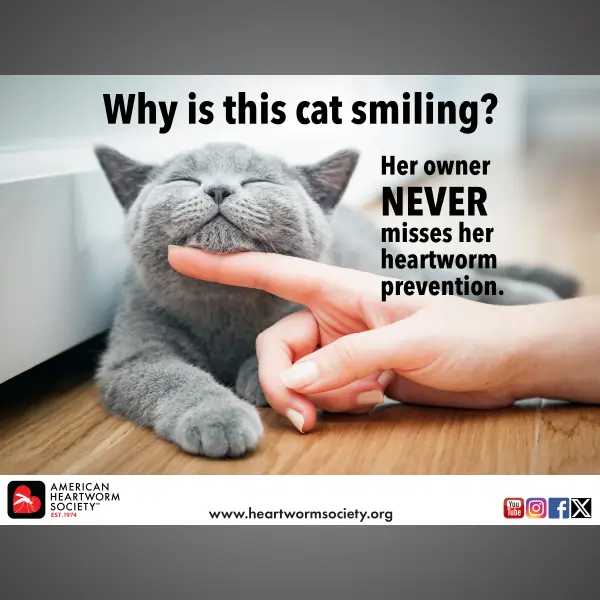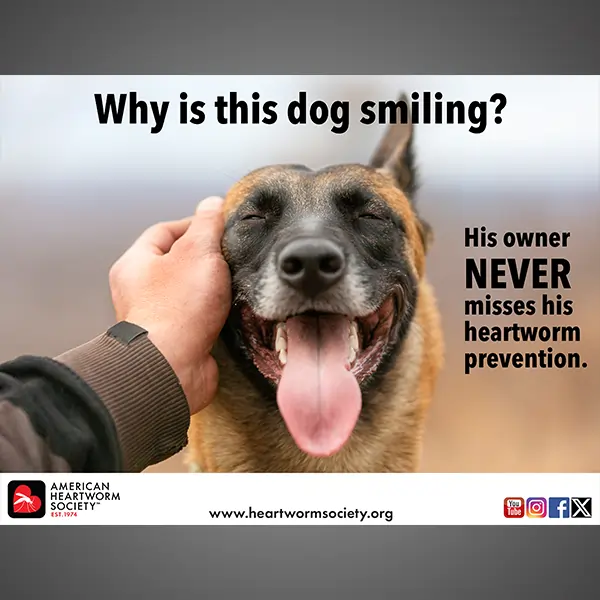Angele Bice, DVM
Owner, Summerville Pet Clinic Summerville, South Carolina
Dear AHS,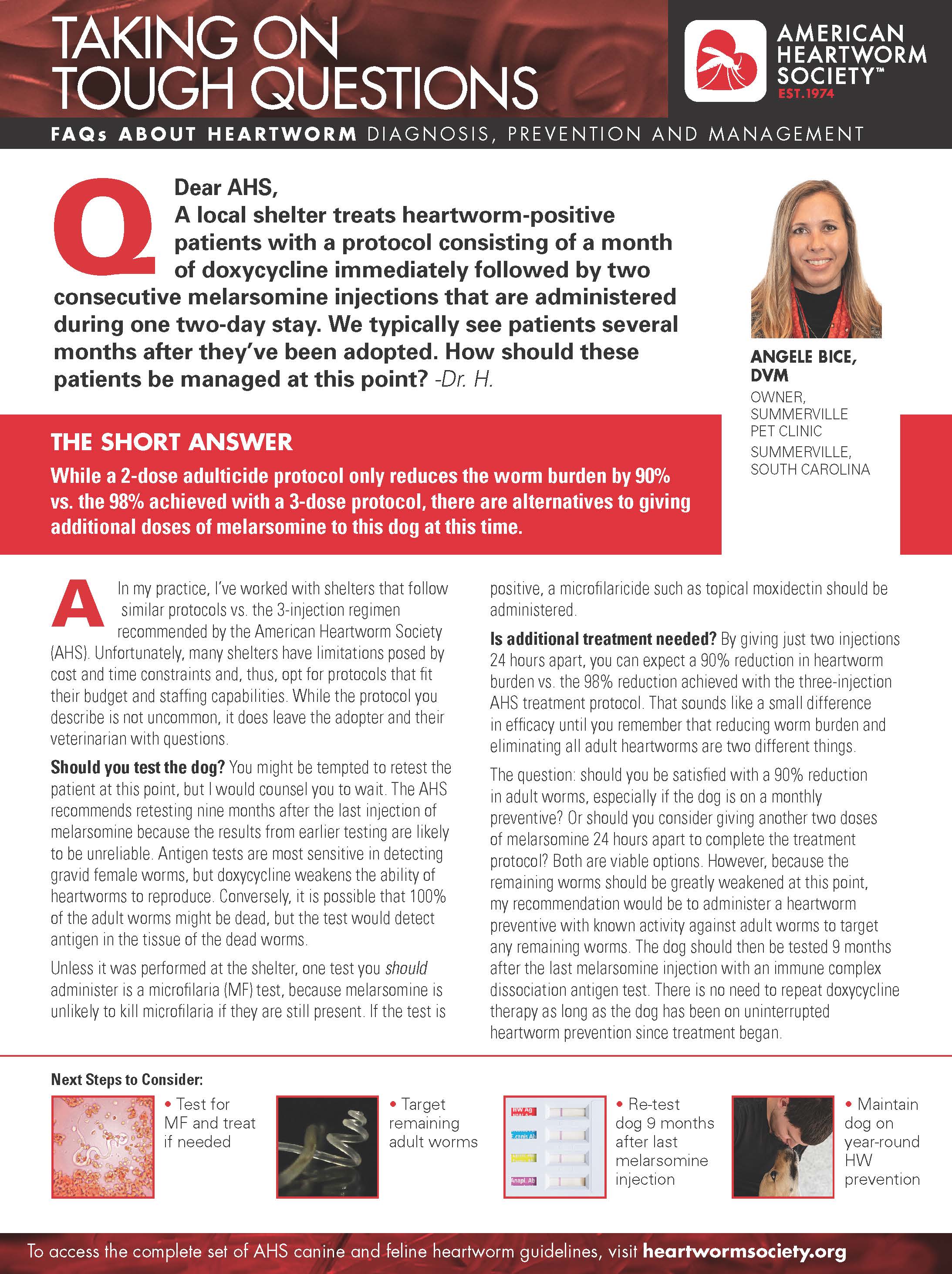
A local shelter treats heartworm-positive patients with a protocol consisting of a month of doxycycline immediately followed by two consecutive melarsomine injections that are administered during one two-day stay. We typically see patients several months after they’ve been adopted. How should these patients be managed at this point? -Dr. H.
THE SHORT ANSWER
While a 2-dose adulticide protocol only reduces the worm burden by 90% vs. the 98% achieved with a 3-dose protocol, there are alternatives to giving additional doses of melarsomine to this dog at this time.
A - In my practice, I’ve worked with shelters that follow similar protocols vs. the 3-injection regimen recommended by the American Heartworm Society (AHS). Unfortunately, many shelters have limitations posed by cost and time constraints and, thus, opt for protocols that fit their budget and staffing capabilities. While the protocol you describe is not uncommon, it does leave the adopter and their veterinarian with questions.
Should you test the dog? You might be tempted to retest the patient at this point, but I would counsel you to wait. The AHS recommends retesting nine months after the last injection of melarsomine because the results from earlier testing are likely to be unreliable. Antigen tests are most sensitive in detecting gravid female worms, but doxycycline weakens the ability of heartworms to reproduce. Conversely, it is possible that 100% of the adult worms might be dead, but the test would detect antigen in the tissue of the dead worms.
Unless it was performed at the shelter, one test you should administer is a microfilaria (MF) test, because melarsomine is unlikely to kill microfilaria if they are still present. If the test is positive, a microfilaricide such as topical moxidectin should be administered.
Is additional treatment needed? By giving just two injections 24 hours apart, you can expect a 90% reduction in heartworm burden vs. the 98% reduction achieved with the three-injection AHS treatment protocol. That sounds like a small difference in efficacy until you remember that reducing worm burden and eliminating all adult heartworms are two different things.
The question: should you be satisfied with a 90% reduction in adult worms, especially if the dog is on a monthly preventive? Or should you consider giving another two doses of melarsomine 24 hours apart to complete the treatment
protocol? Both are viable options. However, because the remaining worms should be greatly weakened at this point, my recommendation would be to administer a heartworm preventive with known activity against adult worms to target
any remaining worms. The dog should then be tested 9 months after the last melarsomine injection with an immune complex dissociation antigen test. There is no need to repeat doxycycline therapy as long as the dog has been on uninterrupted heartworm prevention since treatment began.
Next Steps to Consider:
- Test for MF and treat if needed
- Target remaining adult worms
- Re-test dog 9 months after last melarsomine injection
- Maintain dog on year-round HW prevention



